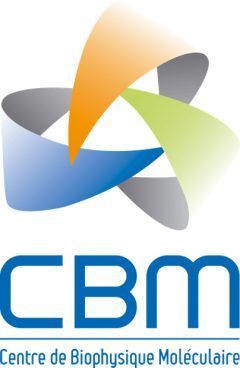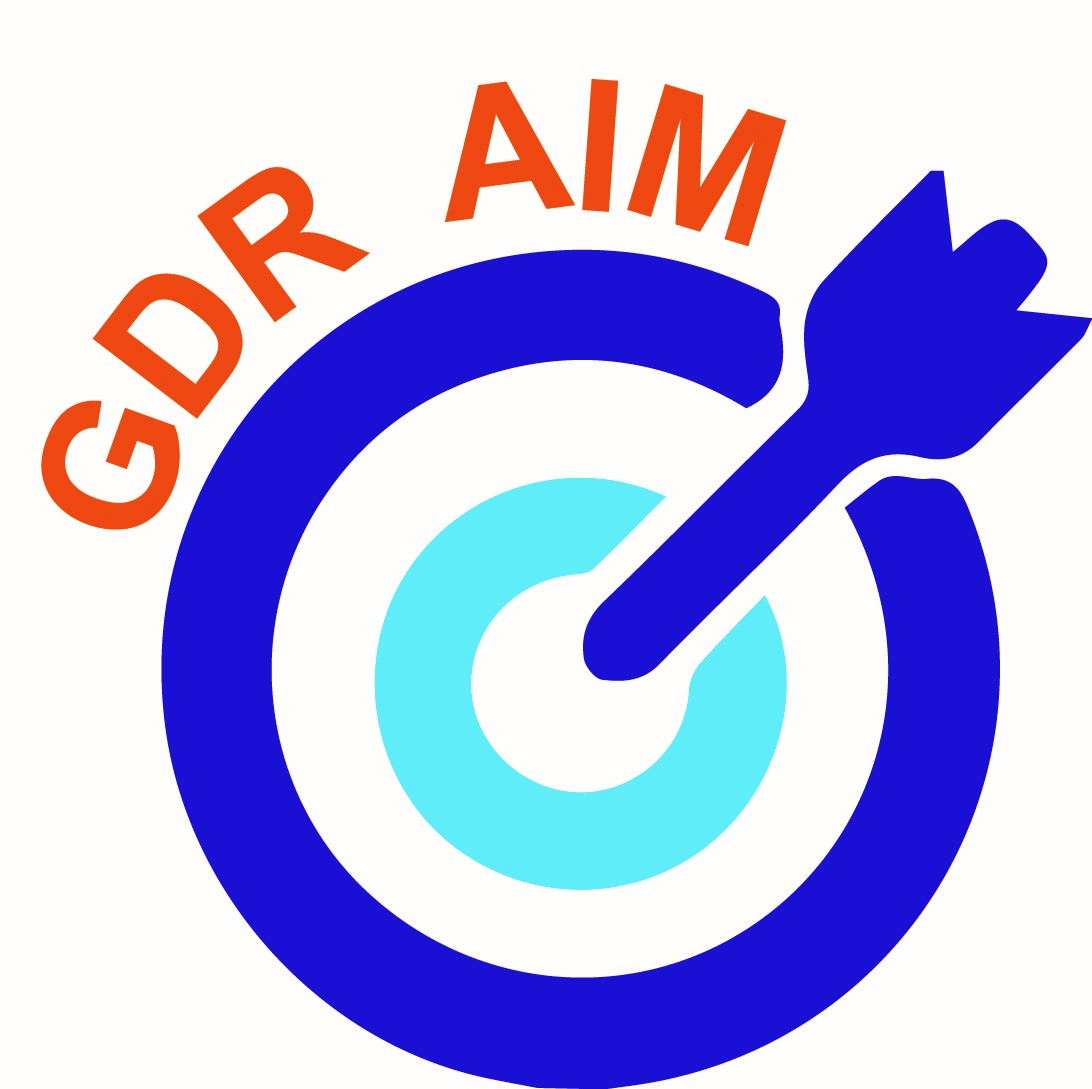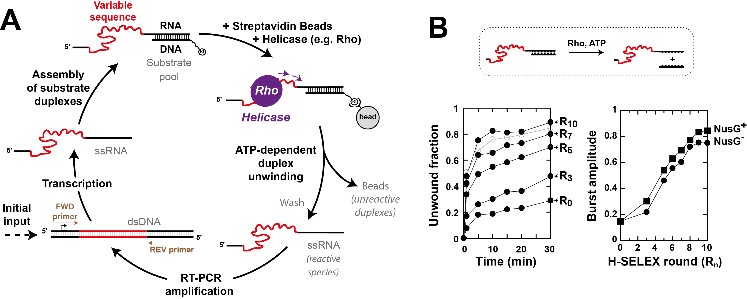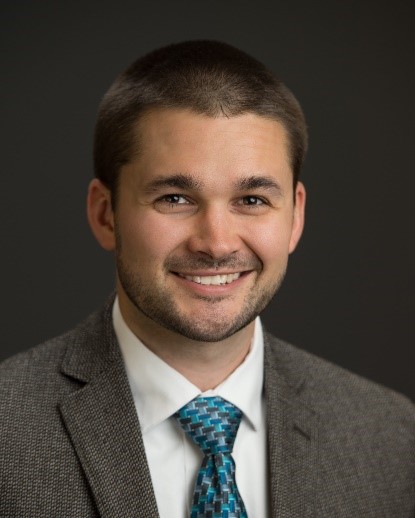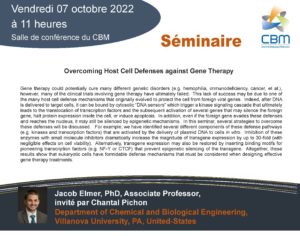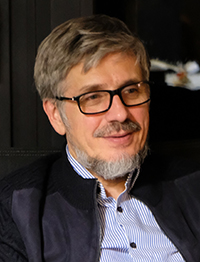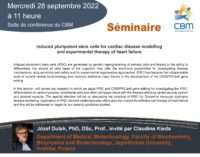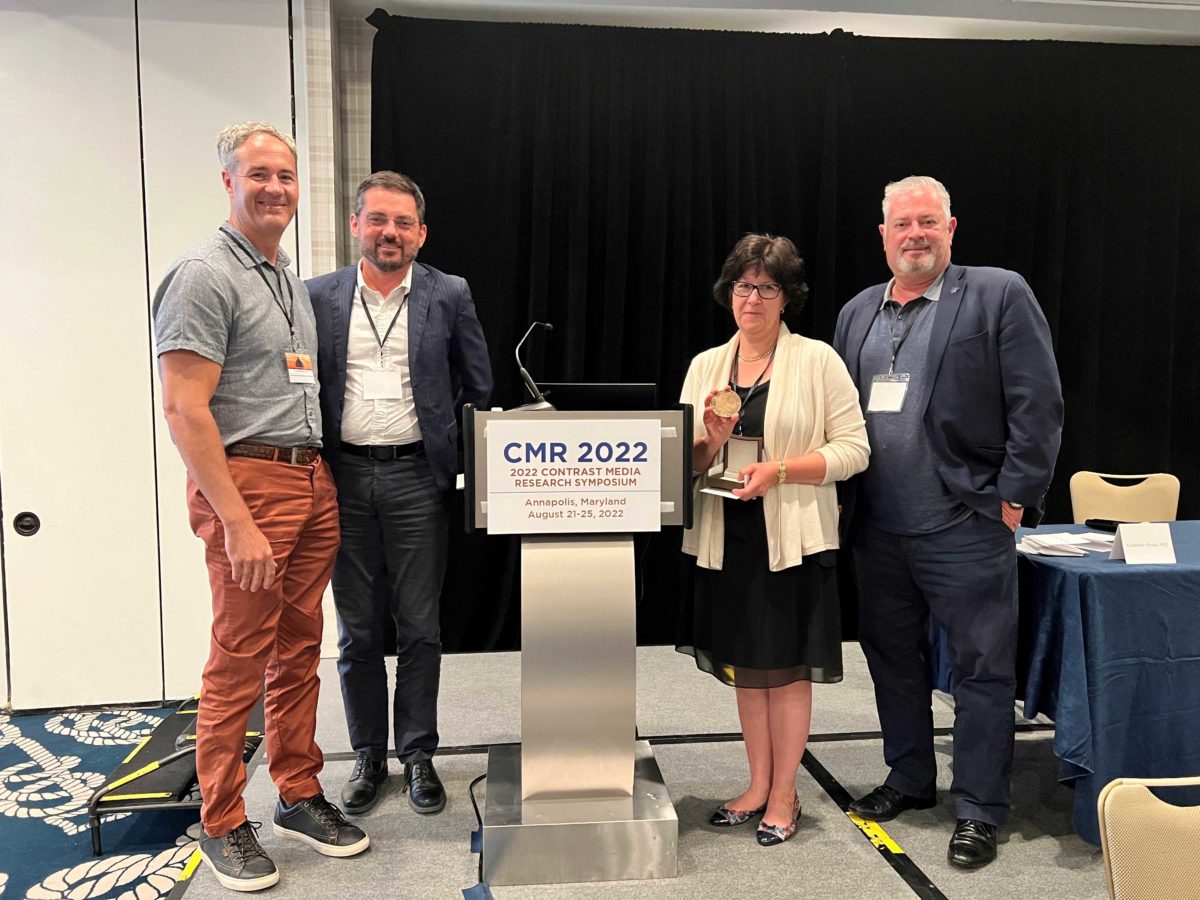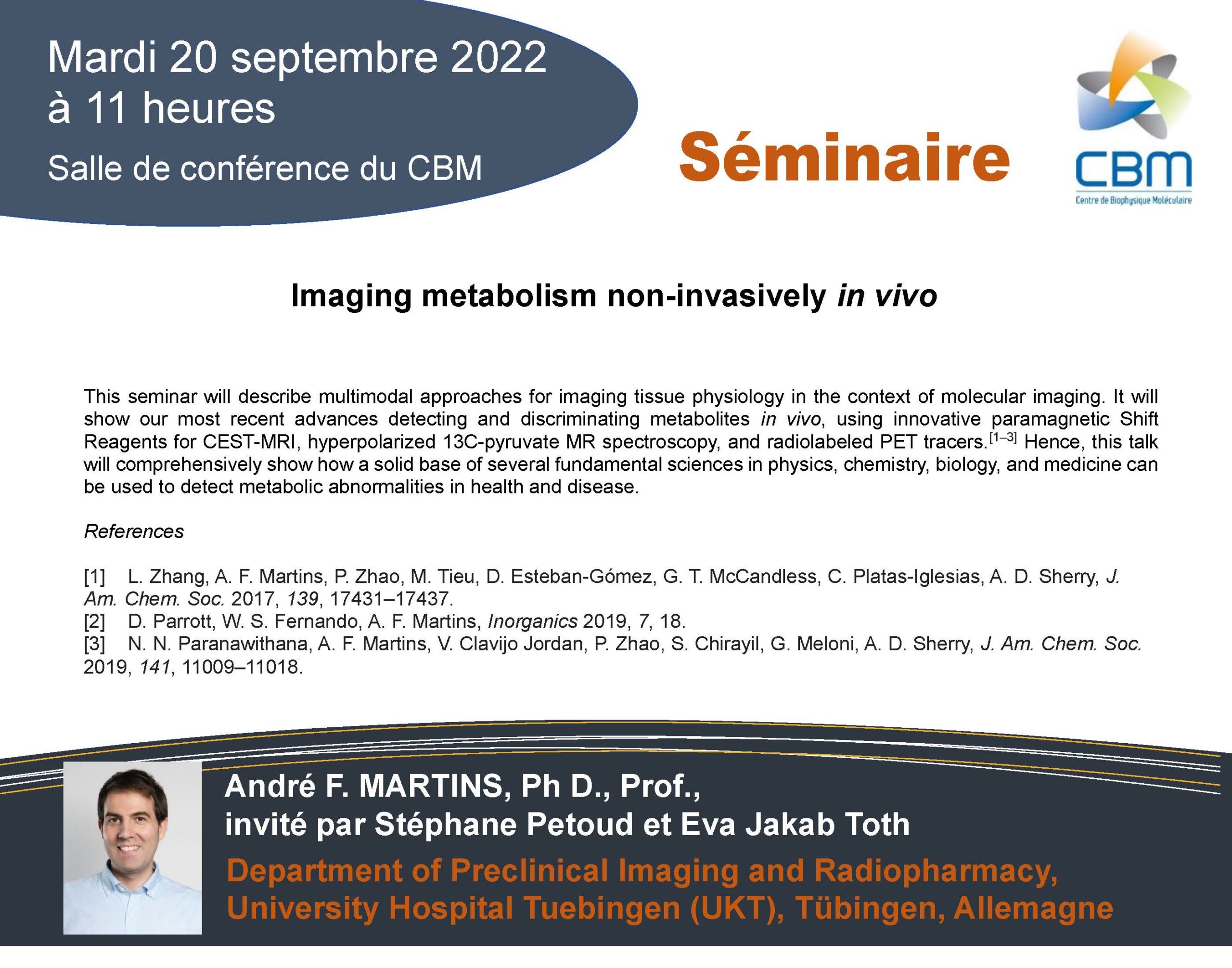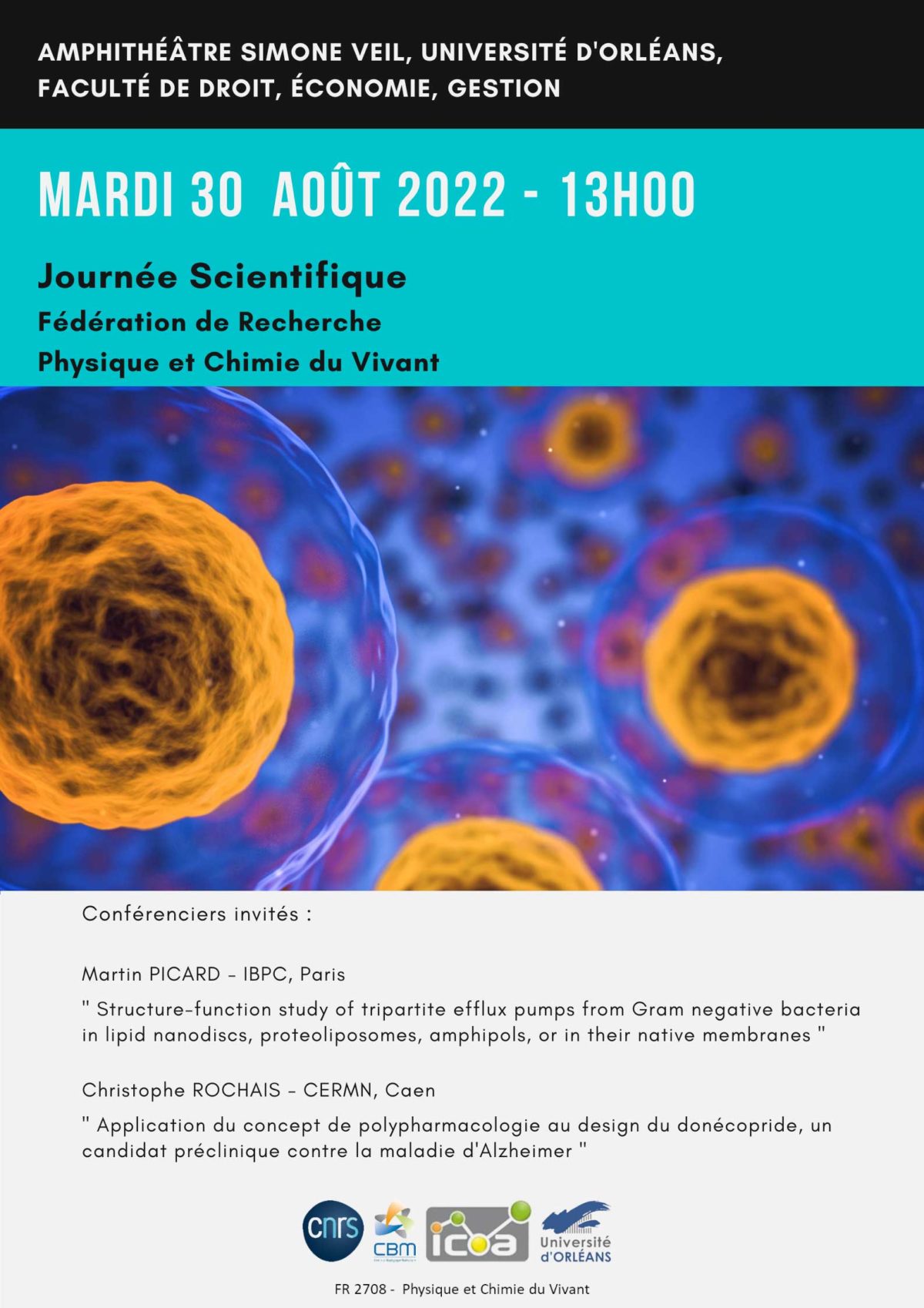The 4th scientific days of the GDR AIM (gdraim.cnrs-orleans.fr) organized jointly with the RE1 of France Life Imaging will take place from October 03 to 05, 2022 in Orléans.
The program will take place over four half-days, from Monday October 3rd at 12:00 p.m. to Wednesday October 5th at 1:30 p.m.
With 90 registered participants and a rich program, these days will be a fine representation of French research in the chemistry of imaging probes.
We will also have the pleasure of welcoming 4 foreign speakers:
- Kristina Djanashvili (Delft University of Technology, The Netherlands)
- Christophe Portal (Edinburgh Molecular Imaging Ltd)
- Gyula Tircso (Univ. of Debrecen, Hungary)
- Carlos Platas (Univ. of Coruna, Spain)
